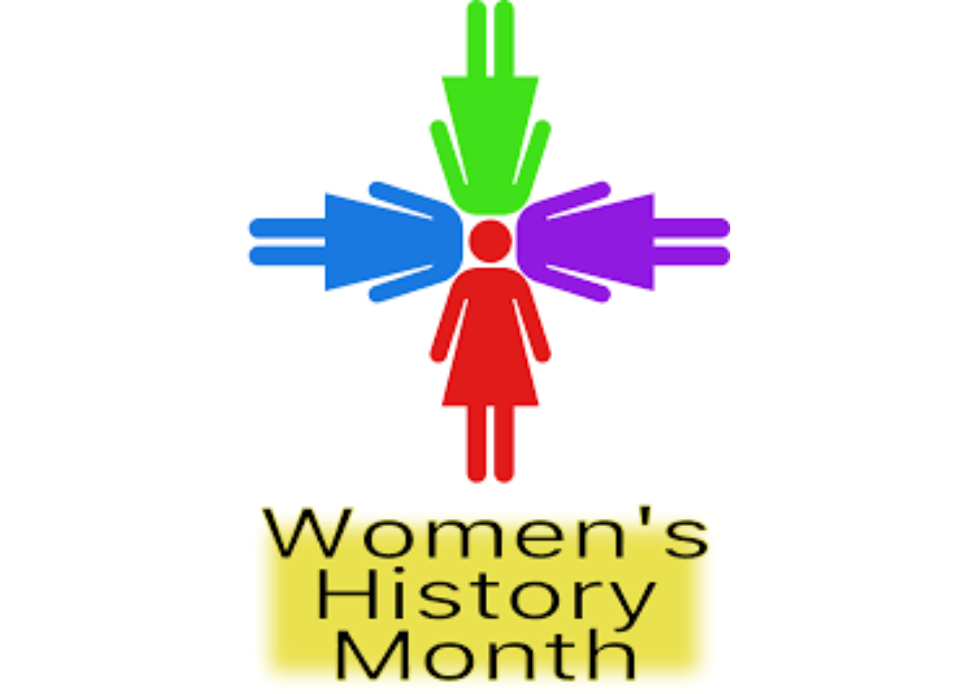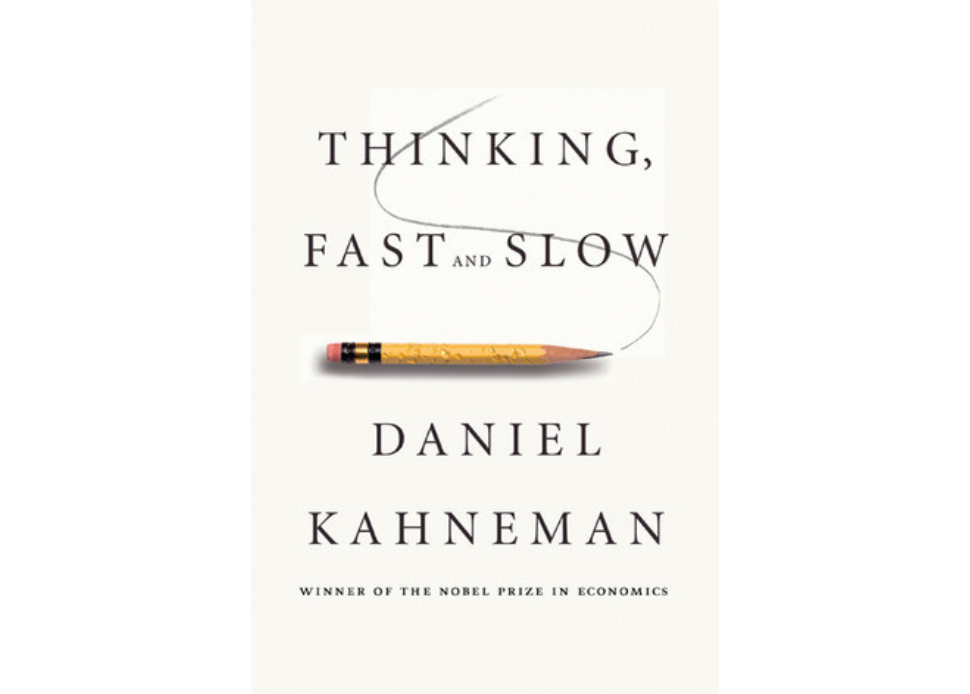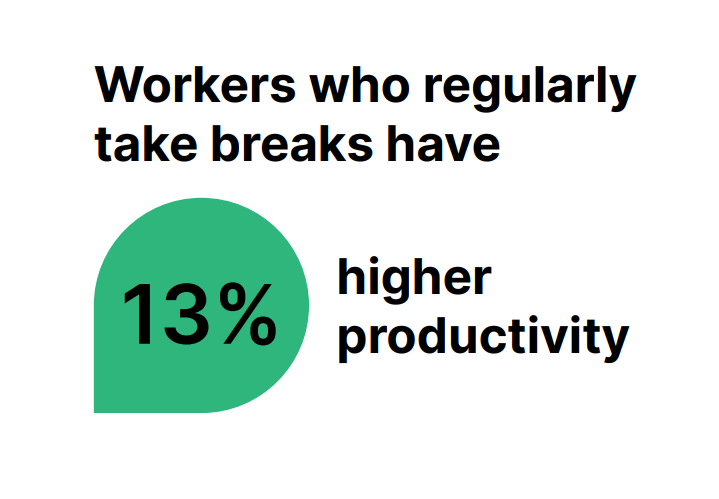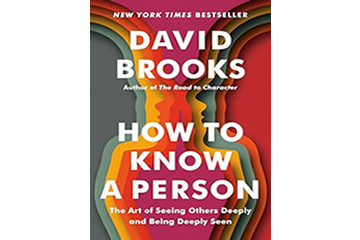
Let’s celebrate some progress.
As we close out Women’s History Month, I am reflecting on the topic and what it means for business.
Earlier this week, I spoke with a former client who has had senior leadership roles in a few, local, high-profile organizations. “Kelly” off-ramped last summer because she had a lot going on personally and professionally, and needed to take a break.
For those of you not familiar with the term, off-ramping refers to women who pause their careers for a variety of reasons. In this short article by Sylvia Ann Hewitt that was written pre-COVID, she talks about how women, as the primary caregivers for children, value a flexible work schedule. She writes that “A full 69 percent of women say they wouldn’t have off-ramped if their companies had offered personalized, flexible work arrangements such as reduced-hour schedules, job sharing, part-time career tracks, and short unpaid sabbaticals.”
“Kelly” was recently asked by a colleague and friend what is next for her in her career, and she was taken aback. She pondered the question and determined that NOW is next. Good for her! Be present, enjoy where you are at, and think about what it will take for you to lead your best life. You don’t need to wait until retirement to do it!
#WiseWords
Worth The Share

During the pandemic, women were hit hard. According to the Labor Department, women lost twelve million jobs from February to April 2020, about two million jobs more than men during the same period because of the disproportionate levels of women in certain industries like healthcare, hospitality, and retail. However, women recently ticked up to the highest level of employment ever, for women 25-54 in June 2023, to 77.8%.
This article from Forbes incorporates three different things to consider:
- Women are re-entering the workforce in new industries and new roles – new roles such as project management, finance managers, and operations specialists.
- Women are taking on more leadership positions – the proof is in the numbers: “More women are demonstrating their ability to be effective leaders, and the proof is in the overall success rate of companies with more women leaders. Organizations that have at least 30% women in leadership positions are 12 times more likely to be in the top 20% for financial performance, according to a Conference Board study.”
- Hybrid work offers women much greater flexibility – “As of (last) October, 12% of full-time U.S. employees worked remotely and 30% worked in a hybrid arrangement. As the workforce continues to evolve, remote and hybrid work will continue to play a significant role in bringing women into the workforce.”
Women are slowly making progress, but there is a way to go. Change is happening, and that is good for women in the workforce and the workforce in general because women lead differently than men. Diversity makes a positive impact.
To learn more, read: Three Reasons Women are Re-entering the Workforce at a Record Pace.
And Finally...

As we wind down Women’s History Month, I reflect on the progress of women, and how we can sometimes be our own worst enemy. I have witnessed multiple exchanges over the last several months that have been disingenuous to say the least, especially involving women. IMHO, that is not leadership and not useful to any of us, both men
and women, as we work to advance as professionals and humans.
One of my dear friends often signs off his emails with “Thanks for being a good human”. Isn’t that what it is all about? Male, female, transgender, non-binary…., it does not matter. Be a good human. Honest, empathetic, caring, and concerned for others.
Mary



























